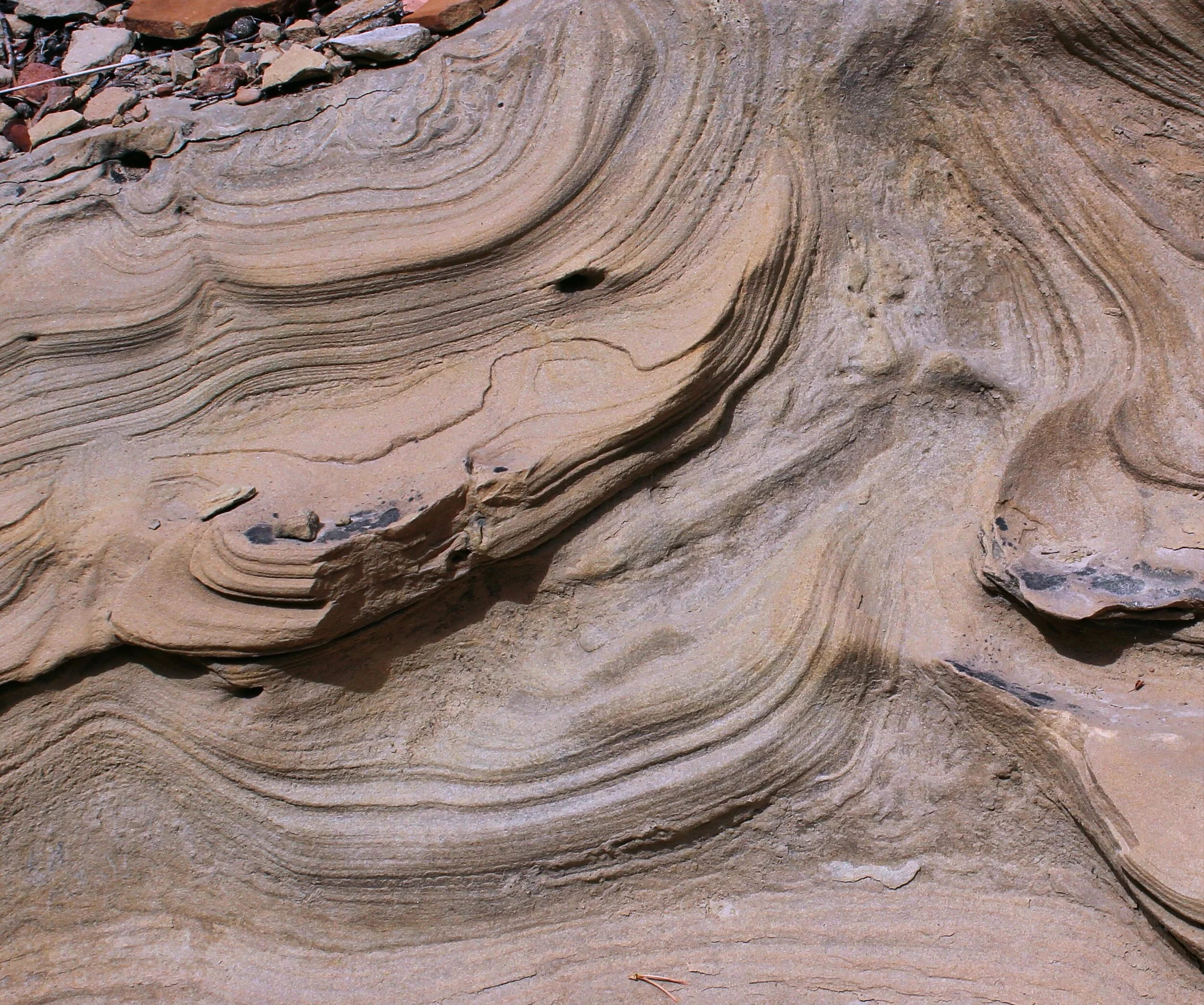Dear RMS SEPM Supporter,
Thank you all for making last month's lunchtime lecture one of the most well attended in our history! I hope everyone enjoyed a look back at the Niobrara and some of the unique aspects of how sedimentation influences the depositional models for the chalks and marls.
This month we finish our spring, 2019 lunchtime lecture series on a high note with AAPG Distinguished Lecturer Lisa Stright, assistant professor of Geosciences at Colorado State University. Lisa's award winning lecture will look at a new methodology to bridge the gap between outcrop studies and reservoir characterization in the subsurface, a critical issue for many of us. Those of you who have been on SEPM or other field courses that look at core and outcrop examples of reservoirs have likely been frustrated by the difficulties applying those learnings to wells that are only a few kilometers apart when you get back to work. Lisa's presentation will show a way to tackle this issue via a template-based model of deep water channels that sheds light on how heterogeneity at the intra-channel and inter-channel level influence fluid movement.
You won't want to miss this final lecture of the spring! Information on how to sign up is below.
**Note: Due to the timing of the Memorial Day holiday, this month’s luncheon is pushed back one week and will be held the first Tuesday of June (June 4).
(11:30 Reception; 11:45 Lunch; 12:15 Talk)
Tuesday, June 4th , 2019
11:30 Reception; 11:45 Lunch; 12:15 Talk commences
Wynkoop Brewing Company
1634 18th St., Denver, CO
The cost is $25.00 for current members and $35.00 for non-members or non-current members (the added cost of which includes an annual RMS-SEPM membership).
Please Note: We now have a $10 luncheon option for recently-unemployed members
Please submit reservations by 10:00 a.m. Friday, May 31st , 2019
After the lunch reservation deadline, you may attend the talk for a $10.00 "walk-in" fee. Reservations may be secured online. E-mail questions to information@rmssepm.org
This luncheon is generously sponsored by:
Conundrum Geological Services
Interested in sponsoring an upcoming luncheon? We welcome new sponsors and they will be recognized at the luncheon as well as the website.
Click https://www.rmssepm.org/sponsor-an-event to learn more
Template-based modeling: Bridging the gap between quantitative outcrop studies and subsurface reservoir characterization
Speakers: Lisa Stright
Abstract:
Reservoir modeling workflows that test sensitivity to fluid flow and/or seismic response are typically performed at a sector-scale (i.e., grid cells at 10’s meters areally and ~1 m vertically). Even at this “fine scale”, there is a gap between observations gathered from core and analogue outcrops at the bed-scale and the model scale. Furthermore, the link between the sector model and subsurface seismic responses are often difficult to understand. Outcrop modeling studies designed to investigate realistic heterogeneity through the construction of single deterministic 2-D or 3-D interpolated models are often limited in direct application to subsurface modeling workflows.
This work introduces the use of model templates derived from outcrop analogue studies that explicitly capture bed- to geobody-scale architecture (i.e., grid cells 2 m areally and 0.25 m vertically). The model templates serve as foundational depositional system building blocks and are used to gain a fundamental understanding of the impact of sedimentologic architecture in deep-water channels on subsurface fluid flow and seismic responses. Specifically, the objectives of this work are to use template-based models to investigate how intra-channel (bed-scale) and inter-channel (geobody-scale) stacking patterns control 1) both static and dynamic connectivity, and 2) seismic reflectivity response.
Template-based models are constructed from the Laguna Figueroa section of the well-exposed Upper Cretaceous Tres Pasos Formation in Chilean Patagonia. The models are derived from observations and statistical analyses from > 1,600 meters of cm-scale measured section from an ~2.5 km long by 130 m thick outcrop belt. A single representative deep-water channel element is constructed as a base case. Fluid flow and seismic amplitude responses are compared from a single channel element to those from a model composed of two stacked channel elements. This simplified approach fosters the ability to differentiate influences of stacking patterns from changes in internal architecture on connectivity and imaging.
Results show that flow connectivity and seismic responses are a function of both intra-channel architecture (bed-scale) and inter-channel architecture (stacking patterns) at the scale of sub-seismic and subsequently, sub-sector grid scale heterogeneity. Under waterflooding conditions, axial channel element deposits act as thief zones to injected water with vertically stacked templates, while marginal channel element deposits baffle and block flow between elements in laterally-offset stacked templates. Bed-scale architecture and smaller model grid-cell sizes are therefore more critical in channel systems (or parts of the channel systems) that predominantly contain laterally-offset stacked elements. Seismic amplitude and apparent thickness responses show discernable differences between single element and dual element models at realistic subsurface frequencies, particularly in vertically stacked templates and laterally-offset stacked templates. Two channel elements are more difficult to differentiate from one channel element in intermediate stacking patterns, but clues to multiple elements are revealed in interpreted horizon rugosity and in the length-scale of the seismic amplitude ( > than 1 channel element width). These models produce guidelines for coarse-scale model building (e.g., optimal grid-cell size and degree of fine-scale detail) and more informed seismic interpretation. This work also provides foundational models for seismic- and/or flow-based machine learning approaches.
*Abstract from AAPG Distinguished Lecture Program
May Luncheon
Luncheon Lecture
Aren’t sure if your membership has expired or if you’re not a member? Please email membership@rmssepm.org and our membership staff will be happy to let you know. Annual memberships are $10.00 and lifetime memberships are $75.00 for professionals; student memberships are $8.00/year. There is also a $10 luncheon and talk option for recently unemployed members. If you need to renew your membership, or would like to become a new member, please go to the registration page of our website, which may be found here: RMS SEPM Membership.
For information about our upcoming events, check out our calendar:





